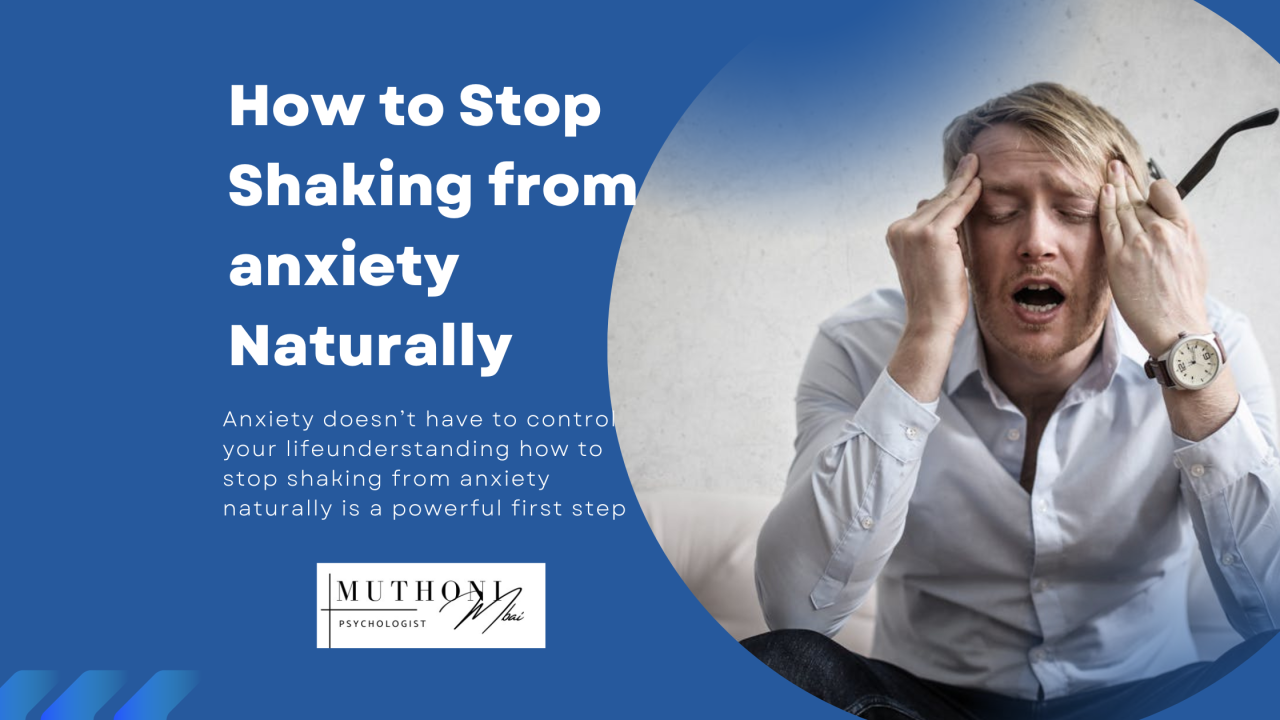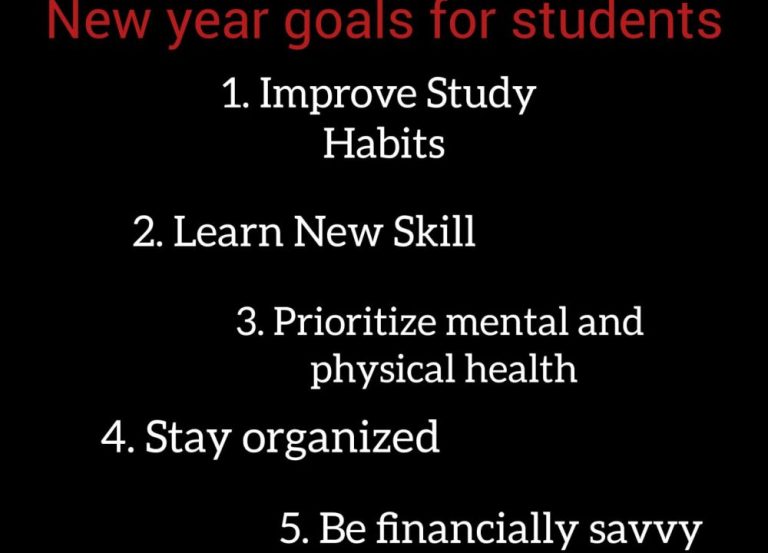
How to Stop Shaking from Anxiety Naturally

You’re the next speaker in the meeting. You’ve prepared your report and rehearsed your points, but there’s a very good chance you won’t present it as well as you hoped. Why? Your heart is already racing, your hands are shaking, and you’re sweating through your shirt. Anxiety has taken over.
For many, this is a familiar scenario. The fear of public speaking—or any high-pressure situation—can trigger physical symptoms that feel uncontrollable. One common reaction is shaking, which can make the experience even more stressful. But here’s the good news: you can learn how to stop shaking from anxiety naturally. In this article, we’ll explore practical techniques to help calm your body and mind, empowering you to handle anxiety with confidence.
How to Stop Shaking from Anxiety Naturally -8 Natural Methods
Here are 8 natural methods to stop shaking from anxiety:
- Deep Breathing Exercises: Focus on slow, deep breaths to calm your nervous system. Try inhaling for four counts, holding for four counts, and exhaling for four counts (box breathing). This helps regulate your body’s stress response.
- Grounding Techniques: Engage your senses to bring yourself to the present moment. For example, use the 5-4-3-2-1 technique: identify 5 things you can see, 4 you can touch, 3 you can hear, 2 you can smell, and 1 you can taste.
- Progressive Muscle Relaxation (PMR): Tense and relax each muscle group in your body, starting from your toes and working up to your head. This reduces physical tension and can stop shaking.
- Stay Hydrated and Snack on Something: Dehydration or low blood sugar can worsen shaking. Drink a glass of water or have a small snack to stabilize your energy levels.
- Move Your Body: Light physical activity like walking, stretching, or shaking out your limbs can release built-up energy causing the shaking.
- Practice Visualization: Imagine a calm and peaceful scene to shift your focus away from anxiety and reduce physical symptoms like shaking.
- Use a Comforting Object: Holding a small object, like a stress ball or favorite item, can help ground you and redirect your nervous energy.
- Limit Stimulants: Reduce caffeine or other stimulants, as they can exacerbate shaking and anxiety symptoms.
What is the 3-3-3 Rule for Anxiety?
The 3-3-3 rule is a simple and effective grounding technique to help you manage anxiety in the moment. In the case described in the first paragraph, when you are just about to present your report, but you feel overwhelmed and anxious, follow these steps:
- Look around and name three things you can see.
For example, the table, a plant, and a pen. - Identify three sounds you can hear.
This could be a clock ticking, someone typing, or birds chirping outside. - Move three parts of your body.
Wiggle your fingers, rotate your ankles, or shrug your shoulders.
This technique brings your focus to the present moment, interrupting the cycle of anxious thoughts. It’s a quick and discreet way to regain control, whether you’re about to speak in a meeting or navigate another stressful situation.
How Did I Finally Beat My Anxiety?
Meet Jane, a 36-year-old who graciously agreed to share her story with us.
“I had always been a diligent worker, but every time I had to present in a meeting, anxiety would consume me. My hands shook, my voice quivered, and I avoided eye contact at all costs. The worst part? I felt like my anxiety was visible to everyone, which only made me feel more self-conscious.
One day, I decided I’d had enough. I started exploring natural ways to manage my anxiety. I searched online materials and sought help from professionals on how I could manage my anxiety which was making me perform so poorly at work despite my passion and hard work.
Here’s what worked for me:
- Breathing Techniques
I discovered the power of deep, intentional breathing. I practiced inhaling for four counts, holding my breath for four counts, and exhaling for four counts. This simple exercise helped slow my racing heart and steadied my hands. - Regular Exercise
I began incorporating daily walks into her routine, which reduced my overall stress levels and improved my confidence. - Mindfulness Practices
I started meditating for just 10 minutes a day, focusing on my breath and letting go of intrusive thoughts. - Positive Visualization
Before each meeting, I spent a few minutes visualizing myself presenting confidently. This mental preparation helped me shift from a place of fear to one of calm determination.
Over time, I noticed a significant difference. I still felt a bit nervous before speaking, but I was able to manage my anxiety and present effectively. My story is proof that with the right tools, it’s possible to overcome anxiety naturally!
How Do I Beat Severe Anxiety?
Severe anxiety can feel all-consuming, but it’s important to remember that it doesn’t define you. Here are some strategies to help:
- Practice Progressive Muscle Relaxation (PMR)
PMR involves tensing and relaxing different muscle groups in your body. For example, you might clench your fists tightly for five seconds and then release. This helps reduce physical tension caused by anxiety. - Limit Caffeine and Sugar
These stimulants can exacerbate anxiety symptoms, so reducing your intake can make a noticeable difference. - Establish a Routine
Consistency in your daily life can create a sense of stability, reducing the unpredictability that often fuels anxiety. - Use Natural Remedies
Some people find relief through herbal teas like chamomile or supplements like magnesium, which are known to promote relaxation.
While these strategies are highly effective, it’s essential to acknowledge when anxiety becomes too severe to manage alone. If your symptoms persist despite your best efforts, seeking professional help is a brave and necessary step. Therapy, medication, or a combination of both can provide the support you need to thrive.
How to Accept Anxiety and Not Fight It
One of the most transformative things you can do for yourself is to stop fighting anxiety and learn to accept it. Anxiety often worsens when we resist it, creating a vicious cycle. Here’s how to embrace it instead:
- Acknowledge Your Feelings
Rather than trying to suppress or ignore your anxiety, acknowledge it. Say to yourself, “I feel anxious right now, and that’s okay.” This simple act of validation can reduce the power anxiety holds over you. - Understand It’s Temporary
Remind yourself that anxiety comes in waves—it will pass. Even in its most intense moments, it’s not permanent. - Focus on What You Can Control
Shift your attention to actions you can take, such as practicing breathing exercises or grounding techniques. - Reframe Your Mindset
Instead of viewing anxiety as your enemy, see it as a signal that you care deeply about the situation at hand. This shift can turn your fear into motivation.
By accepting anxiety as a natural part of life rather than something to battle against, you can reduce its hold on you. And as you practice these strategies, you’ll find yourself better equipped to manage it with grace and resilience.
Final Thoughts
Anxiety doesn’t have to control your life. Whether you’re managing everyday nerves or overcoming severe episodes, understanding how to stop shaking from anxiety naturally is a powerful first step. From grounding techniques like the 3-3-3 rule to mindfulness practices and lifestyle changes, there are countless tools at your disposal to help you regain control.
And remember, if anxiety ever feels too overwhelming, seeking professional support is a sign of strength, not weakness. You deserve peace, and there’s no shame in asking for help. With the right approach, you can face life’s challenges with calm and confidence, one steady breath at a time.
Related articles
Is Anxiety Covered by Health Insurance?



